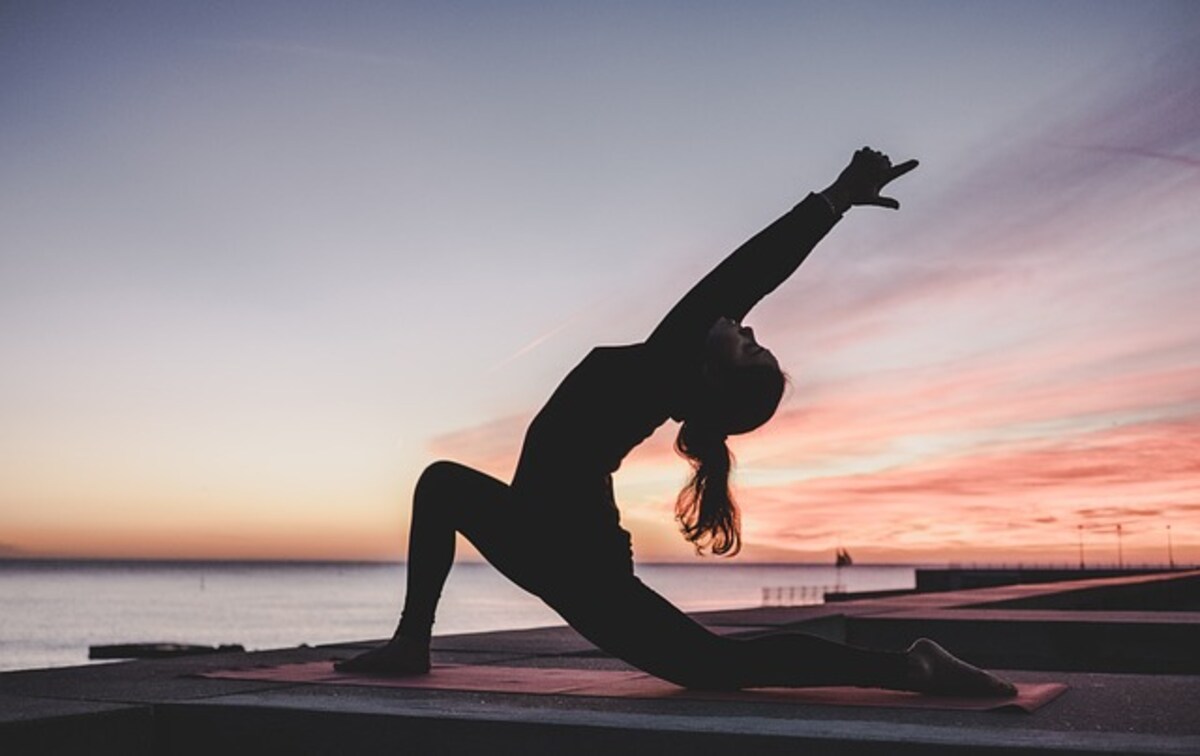Table of Contents
Introduction
Yoga, with its rich tapestry of philosophy, postures, and mindfulness practices, has captivated hearts and minds worldwide. Its origins, however, lie deeply rooted in the ancient traditions of india. In this exploration, we embark on a journey through time to unravel the history and origins of yoga, tracing its evolution from its early beginnings to its global significance today. The actual Interesting Info about origins of yoga.
The dawn of yoga: preclassical period (before 500 BCE)
The earliest traces of yoga can be found in the Indus Valley civilization, dating back over 5,000 years. These ancient yogis developed a system of rituals and ascetic practices, as evidenced by archaeological discoveries like the seals depicting yogic postures. These practices aimed to unite the individual with the divine and attain spiritual enlightenment.
The birth of classical yoga: Vedic and Upanishadic periods (1500-500 bce
The philosophical foundations of classical yoga were laid in the Vedic texts and further developed in the Upanishads. Yoga, during this period, was primarily a mental and spiritual practice. The Upanishads introduced the concept of the eternal self (atman) and the ultimate reality (brahman), emphasizing the union of the two through meditation and introspection.
The yoga of Patanjali: the classical period (200 bce – 200 CE)
One of the most pivotal moments in the history of yoga occurred with the compilation of the yoga sutras by Patanjali. This systematic guide outlined the principles of classical yoga, known as raja yoga. Patanjali’s eightfold path, known as Ashtanga yoga, provided a comprehensive framework for ethical living, mental discipline, and spiritual realization.
The spread of yoga: medieval period (500-1500 CE)
Yoga continued to evolve and diversify during the medieval period. Several schools of yoga emerged, each emphasizing various aspects of the practice. Hatha yoga, for instance, focuses on physical postures and breath control. Tantra yoga inincorporatesituals, mantras, and visualizations. Bhakti yoga centered on devotion, while jnana yoga emphasized wisdom and knowledge.
Modern yoga: colonial and post-colonial periods (late 19th century – early 20th century)
Yoga underwent significant transformations under the influence of colonialism and globalization. The late 19th and early 20th centuries saw the emergence of yoga pioneers like swami vivekananda and Paramahansa Yogananda, who introduced yoga to the Western world. Yoga’s popularity grew, and it became increasingly associated with physical fitness and health.
Contemporary yoga: the global phenomenon (late 20th century – present)
In the latter half of the 20th century and into the 21st century, yoga evolved into a worldwide phenomenon. It embraced diverse forms, including hatha yoga, vinyasa yoga, Bikram yoga, and more. The focus on physical postures and wellness resonated with people worldwide. Yoga studios, teachers, and practitioners multiplied, making yoga accessible to millions.
Conclusion
The history and origins of yoga reflect its profound journey from ancient rituals and philosophical contemplation to its modern, globalized form. Today, yoga stands as a multifaceted practice that offers physical health, mental clarity, and spiritual awakening. Its evolution mirrors the resilience and adaptability of an ancient tradition that continues to inspire and transform lives around the world. Yoga, with its deep roots and expansive branches, remains a timeless path toward self-discovery and holistic well-being.
Read Also: The Ultimate Guide On How To Open Up A Successful Gym


